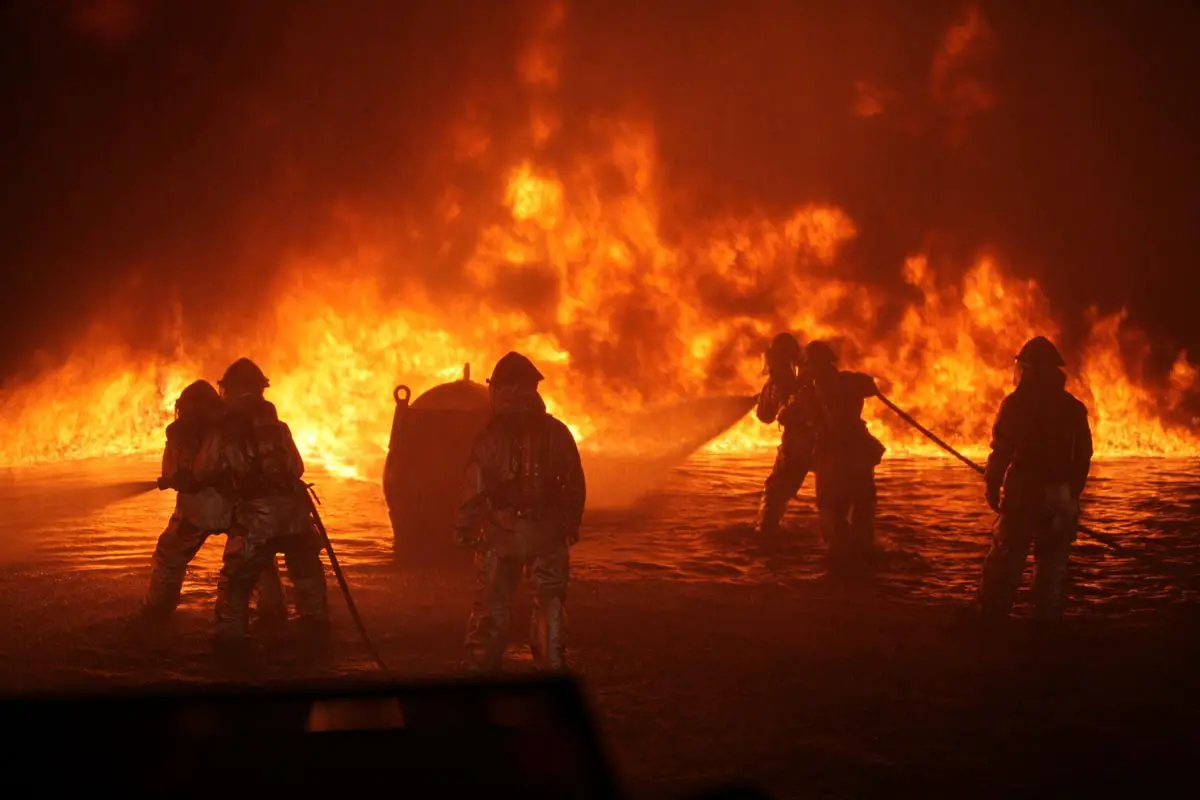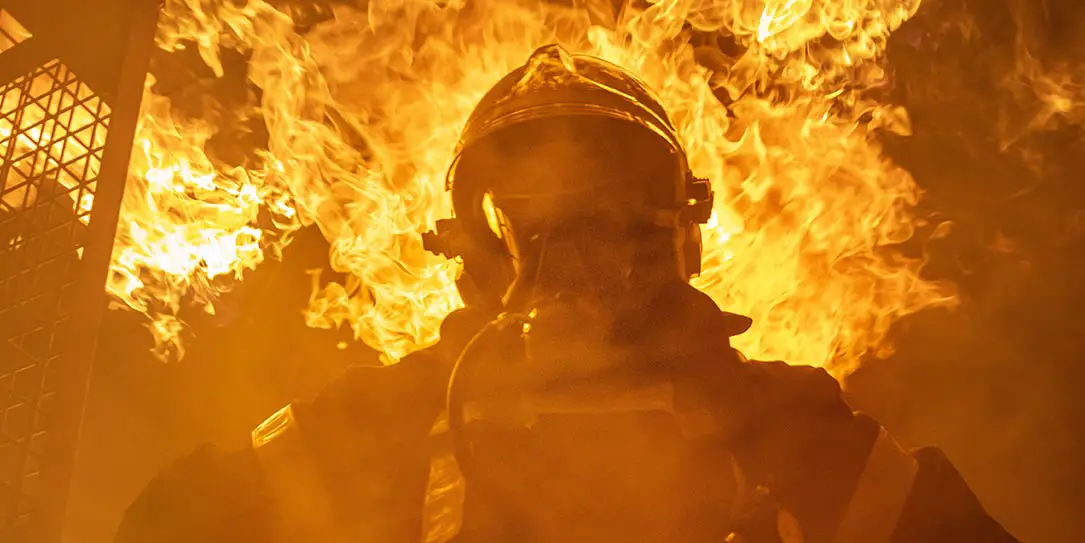You’ve probably seen flame resistance mentioned in a list of product attributes and thought that it seems like an excellent feature. However, you may have also wondered about flame-resistant technology. How does it keep people safer during work that carries an increased risk of fire exposure?
How do flame-resistant products help people?
Flame-resistant technology commonly gets integrated into clothing, including items used by firefighters and people who regularly work around flammable substances, such as workers in the oil and gas industry. Those products are not fireproof, but they do reduce a user’s likelihood of getting burned.
This specialized clothing can still catch fire, but aspects of the fabric make the flames extinguish almost immediately, lessening a person’s chances of sustaining severe burns or other fire-related injuries during an incident.
Flame-resistant vs. flame-retardant
Flame-retardant products are also available. They go beyond this topic’s scope, but it’s worth pointing out what makes them different. Those items have properties that make them take longer to catch fire. Carpets and cushions are some examples of products with flame-retardant qualities.
The idea is that the products give people more time to get away from the scene of a blaze. That’s a safety-related advantage, too. Unlike flame-resistant items, flame-retardant products do not extinguish the fire.
The scientific specifics of fire
Understanding how flame-resistant products work means understanding how a fire happens. A flame consists of a chemical chain reaction. It needs:
- Heat
- Oxygen
- Fuel
Those things make up the so-called fire triangle, and must be present in adequate amounts for a flame to continue. For example, most fires must have at least 16% oxygen content.
Heat breaks down the fuel into gaseous components, and oxygen reacts with them. The produced heat continues turning more fuel into gases, and this cycle persists until one of the three things above gets removed. If any of the three components start getting used up without replenishment, the fire weakens, but does not necessarily burn out.
There’s also another, more complex, part of the process leading to combustion. Before it can react with oxygen, the fuel must separate into highly reactive molecules known as free radicals. They react with oxygen, which creates more free radicals and causes the chain reaction necessary for fire. This self-sustaining— or autocatalytic — process allows flames to propagate and expand rapidly.
Types of fire-resistant technologies
Now that you know what fire-resistant technology does and what must happen for a fire to flourish, it’s time to look at some of the primary types of technologies that make a product extinguish flames.
Thermally stable/aramid
This category of fire-resistance options contains products that protect users by not breaking down during high-temperature exposure. Conventional materials start decomposing into fuel after coming in contact with fire. Because such decomposition does not happen with these fabrics, the fire does not have the necessary fuel and will quickly go out.
The fibers typically used for this type of fire-resistant gear are the meta-aramid variety. Manufacturing of the material happens through a process called wet-spinning that exposes the textile to a chemical solution.
That treatment results in a semi-crystalline fiber with a molecular chain partially oriented along the fiber’s axis. DuPont’s Nomex fiber is one of the best-known types of aramid fibers. It’s a synthetic material with ring-like molecules bonded together to form long chains. That structure makes the material both strong and fire-resistant. Nomex’s atomic structure includes carbon, hydrogen, oxygen and nitrogen.
Solid-state/char-forming
Char is the solid material left over after light gases get driven out of a carbon-based material during the first combustion stage. Solid-state or char-forming technologies work well for integrating into fabric or fibers. They contain a phosphorus agent that interrupts the combustion process.
When the material comes in contact with fire and starts breaking down into fuel, the phosphorus reacts with those molecules and forms a stable, solid char. It consumes the gaseous molecules that would otherwise fuel the fire. It also creates a barrier between the fire and the fabric. Then, the material cannot deteriorate further and release more fuel.
Manufacturers can either apply a coating to the surface or permanently bond fire-resistant fabrics directly to the textile. The latter method prevents fire-resistance characteristics from diminishing over time due to wear and washing.
Solid-state technologies for fire resistance are popular choices due largely because they work with a wide assortment of fabrics, including cotton. Then, wearers enjoy characteristics including softness and breathability while staying safe from flames.
A common misconception is that people can wear 100% cotton garments as suitable substitutes for fire-resistant clothing. Although cotton is a frequently available material that extinguishes fire, the material alone cannot fulfill that need. Cotton is a flammable material. It would catch fire and stay ablaze unless the manufacturer treated or engineered it to resist fire during the manufacturing process.
Gas-state/fuel-activated/gas-phase radical scavengers
The technologies in this category trap the free radicals normally produced by through fiber decomposition. These materials’ fiber structure includes molecules — usually chlorine-based — that form relatively stable free radicals during heat exposure.
Remember how fuel cannot react with oxygen to incite combustion unless it breaks into free radicals first. When these technologies encounter excessive warmth, a molecular breakdown occurs. It causes the chlorine molecules to bind to the free radicals. That occurrence results in the free radicals getting “scavenged,” reducing the fuel available and interrupting the fire’s chain reaction.
Makers of fire-resistant apparel usually incorporate the chlorine molecules into an acrylic fiber known as modacrylic — short for “modified acrylic.” The products in this category have active fire-resistant properties during the gas phase of combustion, which occurs above the fabric, rather than on it.
This characteristic means some products in this category include blends of fabrics that don’t safeguard against prolonged combustion. Manufacturers can then offer those goods at lower price points, making them more accessible to larger segments of the market.
Achieving the right combination of features for best results
Besides using the technologies above, many leading manufacturers make their products with moisture-wicking or reflective properties. They know many people in their target audience need and appreciate those characteristics, especially if they don the products in hot climates or low-light environments.
Often, people who need this clothing for their jobs wear garments in layers. They can access smartphone apps that show the effectiveness of layering versus using a product by itself.
It’s too shortsighted to say that one of the technologies works better than others to keep flames at bay and reduce a person’s chances of severe injuries. Thus, anyone who needs to wear these items or shop for employees who do should conduct thorough research to determine the optimal offerings for the type of work performed or the environment where users spend the most time.
What do you think about the science behind flame-resistant technologies? Let us know in the comments below or on Twitter, Facebook, or MeWe.
Last Updated on February 3, 2021.












